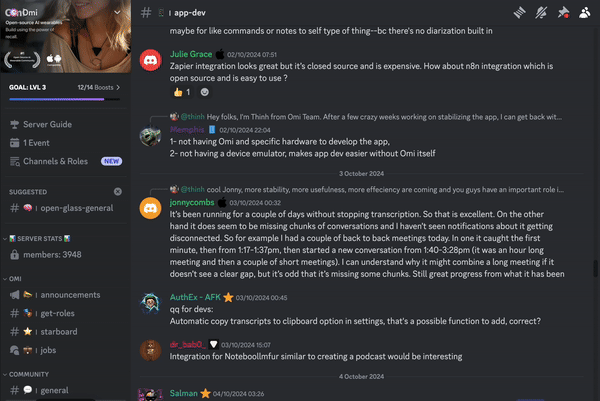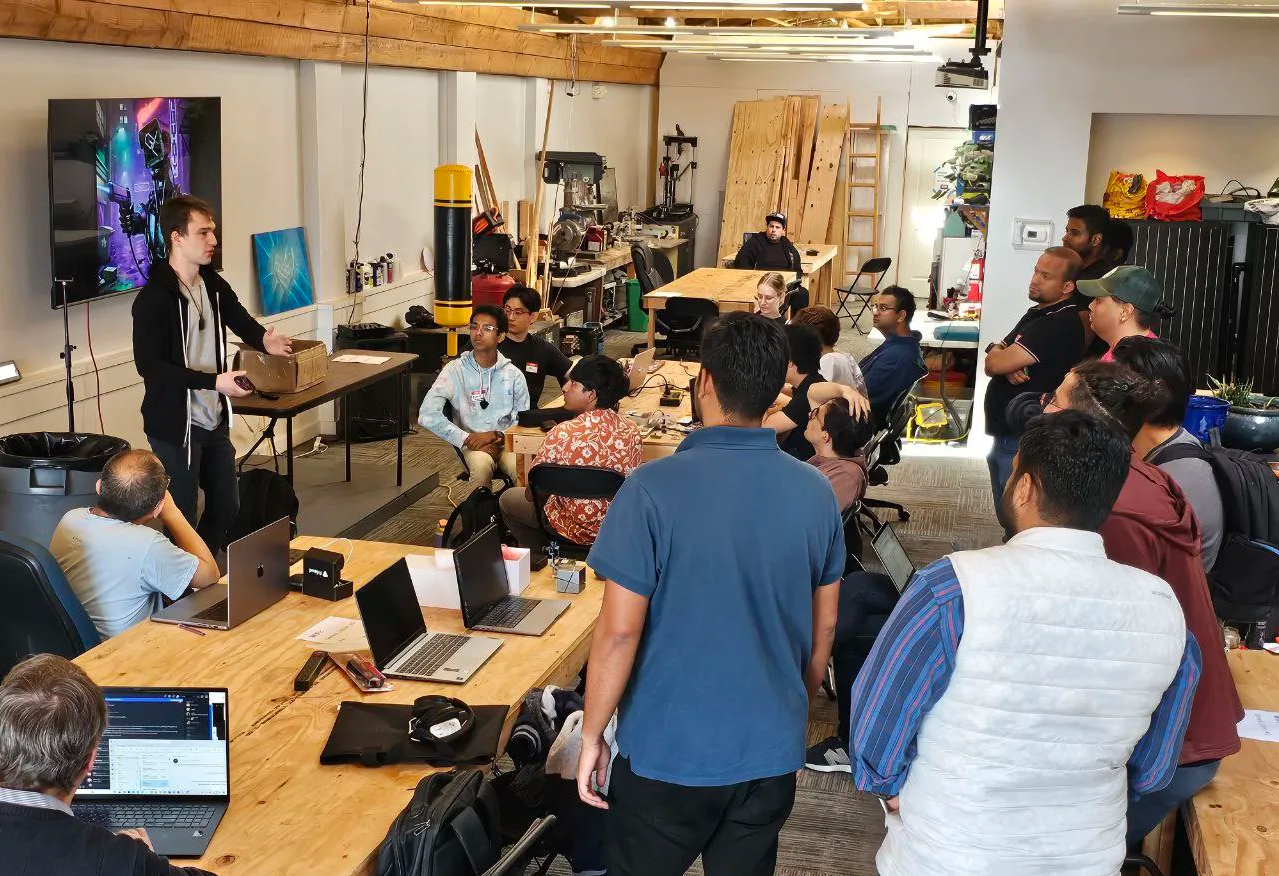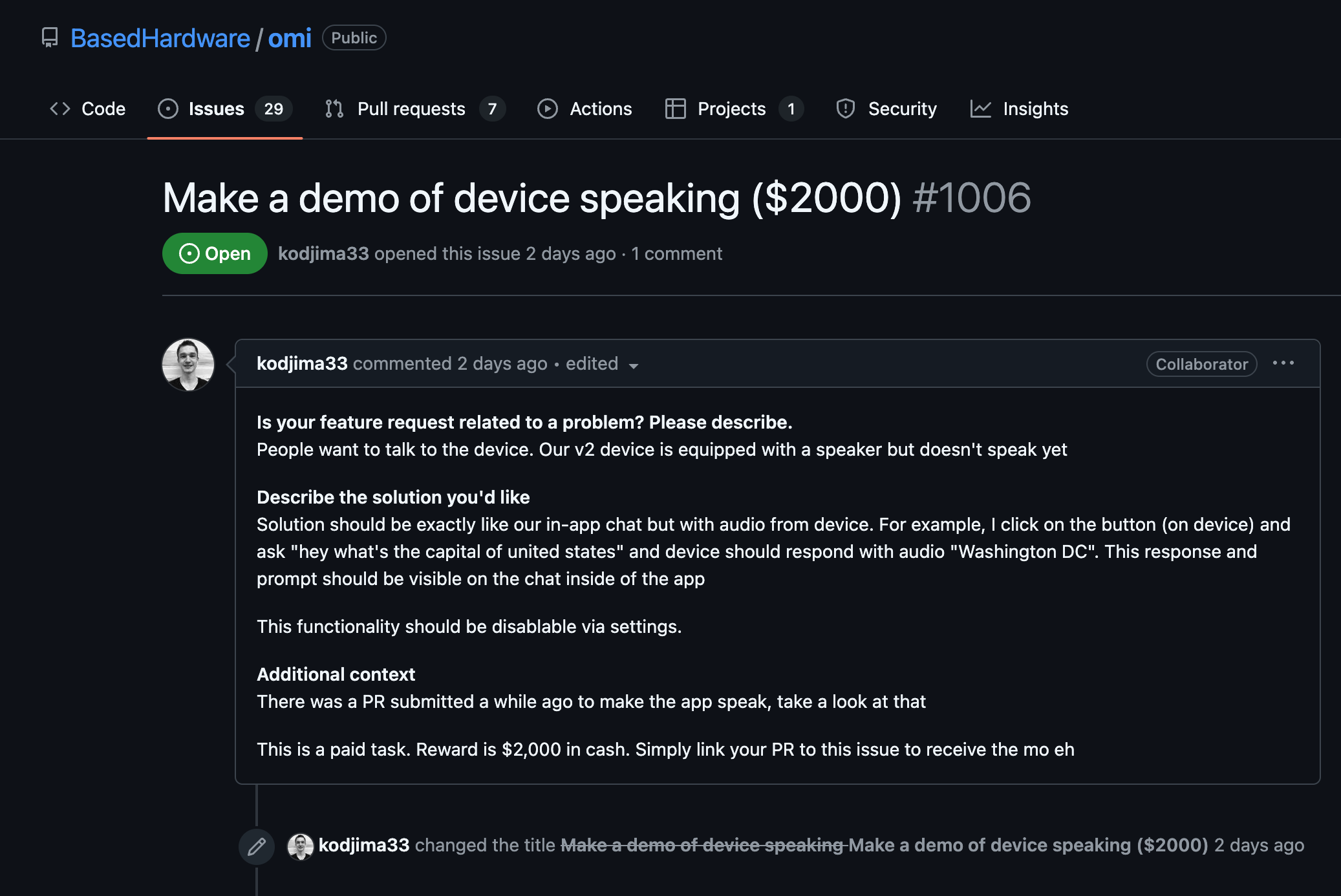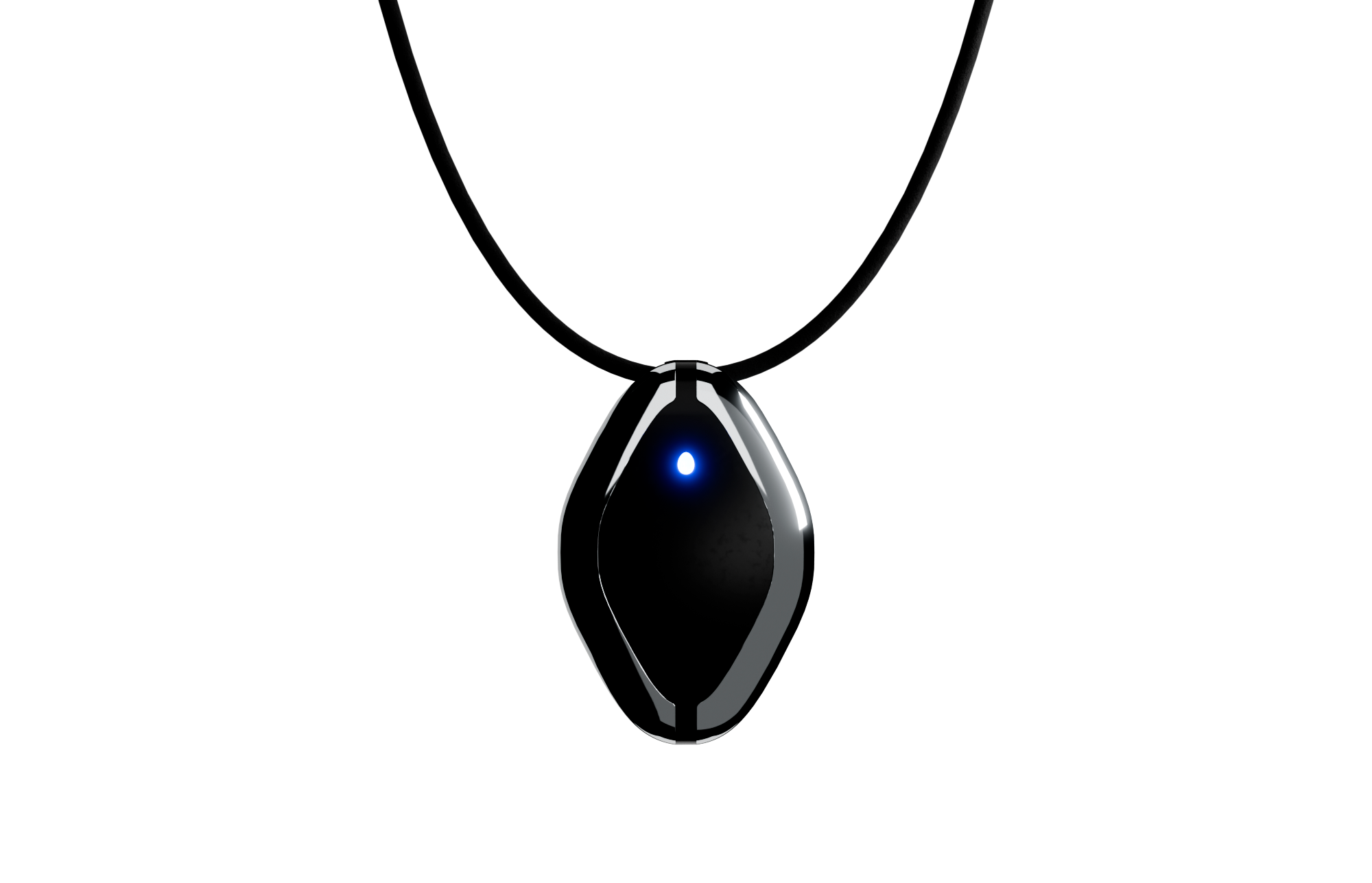Compliance with Safety Standards (IEC, ISO)
Compliance with safety standards entails ensuring that products, systems, and processes adhere to established international norms, such as those set by the International Electrotechnical Commission (IEC) and the International Organization for Standardization (ISO). These standards are designed to ensure safety, reliability, and efficiency.
Purpose and Importance
- Harmonization: The standards provide a unified framework for safety, enabling consistency across various industries and markets globally.
- Risk Mitigation: They serve to minimize potential hazards that might occur during the lifecycle of products and systems.
- Market Access: Compliance facilitates market entry, as adhering to these standards is often a prerequisite for selling products internationally.
- Trust and Credibility: Being compliant with recognized standards can enhance a company's reputation, often being seen as a mark of quality and reliability by stakeholders.
Key Elements of Compliance
- Assessment: This involves rigorous testing and evaluation processes to ensure that the product or system meets the specified requirements.
- Documentation: Proper records and documentation are essential for demonstrating compliance. This includes test reports, safety analyses, and user manuals.
- Certification: Products that meet IEC and ISO standards may receive certification, which serves as independent verification of compliance.
- Continuous Improvement: Compliance is not a one-time task. Organizations must continually monitor, review, and update processes to maintain adherence to evolving standards.
Industry Applications
- Electronics and Electrical: Compliance is critical to ensure the safety of electronic components and electrical systems, mitigating risks of electric shock and fire.
- Healthcare: Medical devices must adhere to ISO standards, ensuring they are safe and effective for patient use.
- Automotive: Standards guide the safety features in vehicles to protect passengers and enhance performance.
- Construction: Ensures buildings and infrastructure projects meet safety requirements, protecting users from structural failures.
Conclusion
Compliance with IEC and ISO safety standards is a critical aspect of modern industry, providing a foundation for creating safe, reliable, and efficient products and systems. Adherence to these standards is essential not only for regulatory purposes but also for maintaining a positive brand image and ensuring consumer safety.
























